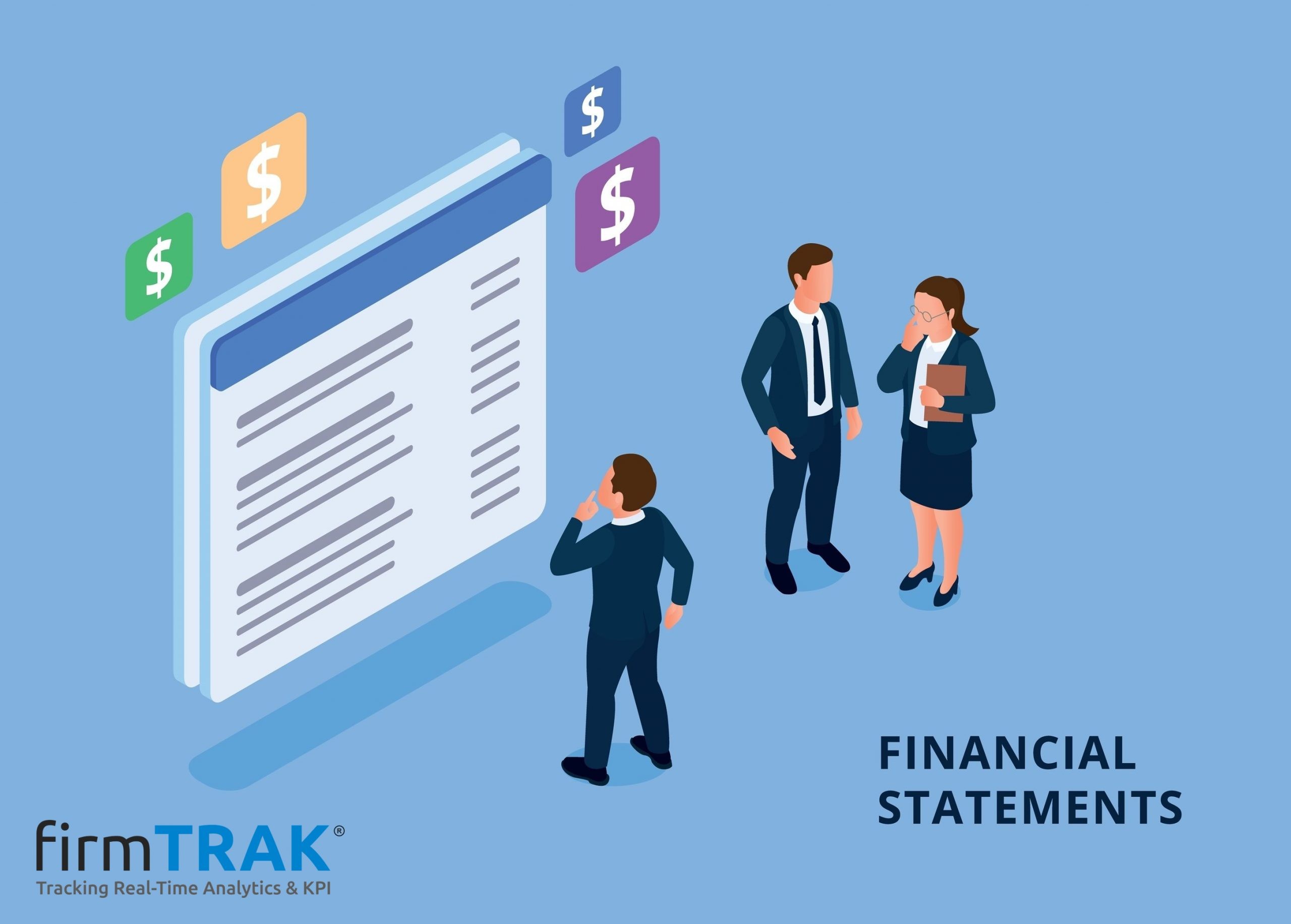Introduction
Setting a price for your professional services can be difficult and complicated. While maintaining your competitiveness in the market, you want to make sure that your pricing accurately represents the value you offer to clients. This post will walk you through the process of determining your prices, going over several approaches to pricing, how to set up fees, and when to raise your charges. After reading this, you’ll be more knowledgeable and capable of selecting the best strategy for your company.
- Determine Your Fee Structure
It’s crucial to define your cost structure before delving into certain pricing tactics. One of the three main charge models is typically utilized by professional services firms:
- Hourly billing: A conventional method involves billing clients according to the number of hours they labor. Although this approach is simple, it may not be the most flexible when it comes to growing your business.
- Flat prices: Offering clients cost consistency, flat prices may be a more alluring choice for them. But determining the appropriate flat rate necessitates having a solid grasp of the job involved.
- Value-Based Pricing: This strategy bases your rates on what your clients believe they are getting for their money. Frequently, it results in a win-win scenario where customers are content to pay for the value they receive.
- Pricing for Value
Value-based pricing is gaining popularity in the professional services industry because it aligns your fees with the impact you make on your clients’ businesses. To implement this strategy:
- Understand the Client’s Perspective: Get to know your client’s business goals, challenges, and the value they expect from your services.
- Align Your Pricing with Value Delivered: Set your fees based on the positive impact you can make on the client’s bottom line.
- Communicate Value: Clearly communicate how your services contribute to the client’s success and justify your fees.
- Different Pricing Models
Let’s now examine some various pricing strategies that will assist you hone your strategy:
- Retainer Model: Your services are continuously accessed by clients for a set monthly price, which guarantees a consistent flow of income.
- Project-based pricing: This works well for clients with clearly defined, time-bound needs as it involves charging a one-time price for a particular project.
- Tiered Pricing: To accommodate a range of customer needs, provide several price tiers. This enables customers to select a service level that fits within their spending limit.
- Subscription-Based Model: Charged on a monthly basis, clients pay a charge that is akin to retainers but may contain a predetermined amount of hours or services.
- Increasing Rates Over Time
As your firm grows and gains experience, you should consider raising your rates. Here’s how to do it effectively:
- Assess Market Conditions: Keep an eye on market trends, competitors’ rates, and economic factors that could influence your pricing.
- Communicate with Clients: Be transparent with your existing clients about rate increases, providing ample notice and discussing the value they’ll continue to receive.
- Offer New Services: As your firm evolves, introduce new, higher-value services that can justify higher rates.
- Gradual Increases: Rather than making sudden jumps in rates, consider implementing gradual, incremental increases over time.
Conclusion
An important part of your business plan is determining the appropriate pricing for your professional services company. Understanding your charge schedule, matching value to price, and selecting the best pricing model will help you draw in new business while maintaining the health of your company’s finances. Remember that a normal aspect of business growth is a gradual increase in rates. You’ll be well on your way to success in the professional services industry if you use these methods.






